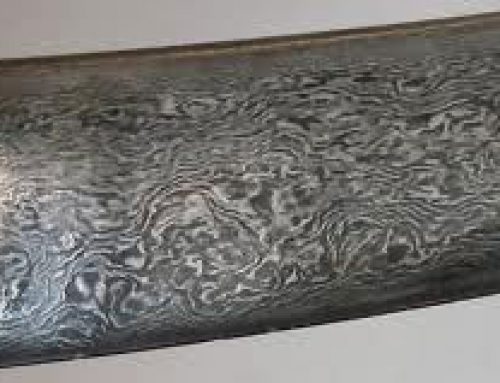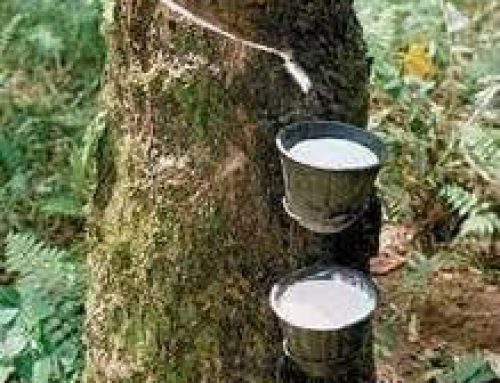
Obsidian spear point, one of many obsidian tools from New Mexico (National Park Service)
Where does obsidian come from?
Obsidian is a kind of volcanic glass. It is shiny and black, and you get it from the area around volcanoes. When a volcano erupts, it spits out a bunch of melted rock.
Read more about volcanoes
If the melted rock is mostly silica, and it cools just right, at the right speed, it can turn into naturally made glass. That is obsidian.
Why do people want obsidian?
Obsidian is very useful, because it will hold a very sharp edge. So obsidian tools make good knives and arrowheads and fishhooks. Even today some surgeons still use obsidian knives in eye surgery.
People had to trade to get obsidian
In the Stone Age a lot of people wanted obsidian tools, because they were sharper than flint. But you could not find obsidian just anywhere. So one of the first things that people traded for, when they were just beginning to trade, was obsidian.
Even as much as 200,000 years ago, in the Middle Stone Age, people were already carrying obsidian as much as a hundred miles away to trade. In the Late Stone Age (the Neolithic) the reason the town of Catal Huyuk (in what is now Turkey) was so rich, about 8000 BC, was that they were also selling obsidian.
Read more about Catal Huyuk
Learn by doing: check out some obsidian at a rocks and gems store
More about stone tools: flint
More about the Middle Stone Age
Bibliography and further reading about obsidian:
Archaeology : Uncovering the Mysteries of Our Past, by Richard Panchyk (2001). With twenty-five projects, like counting tree rings, and serializing cars from photographs.
Lithics (Cambridge Manuals in Archaeology), by William Andrefsky (1998). A specialist’s manual for studying all kinds of stone tools.
Production and Exchange of Stone Tools : Prehistoric Obsidian in the Aegean, by Robin Torrence (1986). Unfortunately out of print.




